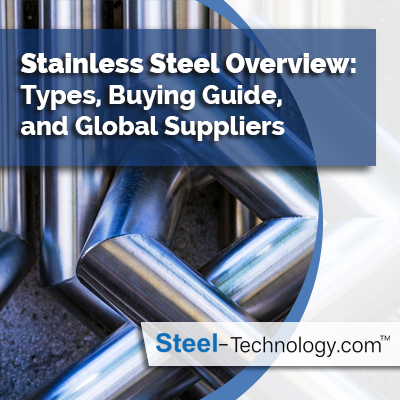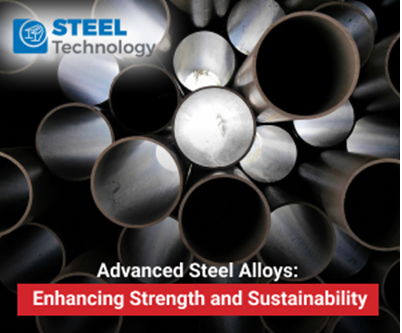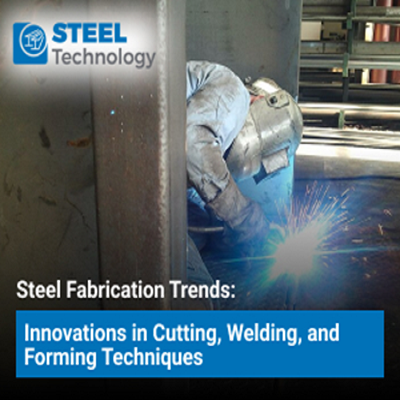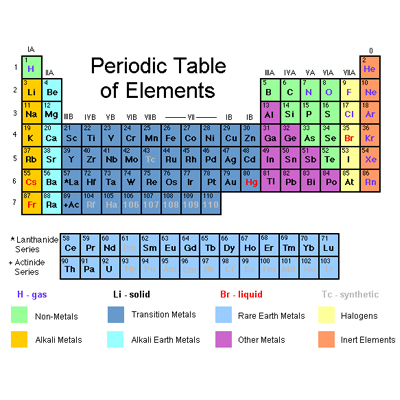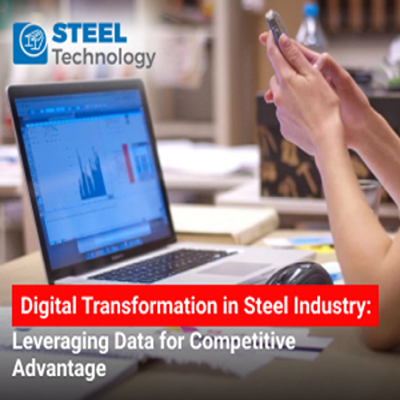Steel Recycling and Circular Economy: Closing the Material Loop
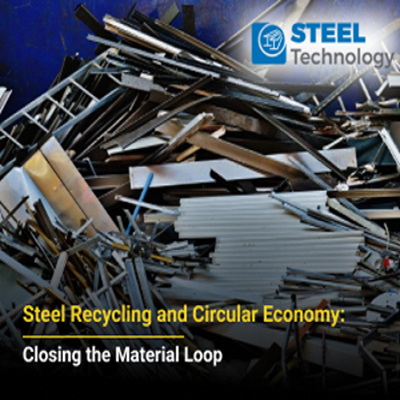
Introduction
Steel is an indispensable component in contemporary infrastructure and manufacturing, serving as a cornerstone in numerous facets of our daily existence, from the structures we inhabit to the vehicles we operate. Nonetheless, the escalating need for steel and the dwindling of natural reservoirs have generated apprehension about sustainability and ecological repercussions. Consequently, the circular economy framework has gained traction, accentuating the significance of resource effectiveness and reutilization. This piece delves into the importance of steel recycling within the context of the circular economy, underscoring its advantages and investigating its potential to foster a more sustainable tomorrow.
Understanding the Circular Economy
The concept of the circular economy marks a departure from the conventional linear economic model of "take-make-dispose" towards a more sustainable approach. Its core objective is to minimize waste production and optimize resource value by advocating for practices such as reuse, repair, remanufacturing, and recycling. Essentially, it strives to complete the cycle of materials, guaranteeing that resources are utilized for as extended a period as possible.
Steel Recycling: An Essential Component
Steel, being one of the most recycled materials globally, perfectly aligns with the principles of the circular economy. Its magnetic properties, inherent strength, and adaptability make it an ideal candidate for recycling. Moreover, the energy saved through steel recycling is substantial, making it an environmentally friendly alternative to primary steel production. By integrating steel recycling into the circular economy framework, we can significantly reduce the environmental footprint associated with steel production and consumption.
| Also Read:Towards Zero Waste: Innovations in Steel Recycling and Disposal |
The Process of Steel Recycling
Steel recycling involves a systematic process that begins with the collection of scrap steel from various sources, including end-of-life products, manufacturing waste, and construction materials. The collected scrap undergoes sorting, where it is separated based on its composition and purity. Subsequently, the sorted scrap is melted in a furnace and refined to remove impurities, resulting in high-quality recycled steel. This recycled steel is then used in the manufacturing of new products, thus completing the loop in the circular economy.
Benefits of Steel Recycling
The benefits of steel recycling extend beyond environmental conservation. By reducing the demand for raw materials, steel recycling conserves natural resources and minimizes the environmental impact associated with mining and extraction. Additionally, it significantly reduces energy consumption and greenhouse gas emissions compared to primary steel production, making it a key contributor to mitigating climate change. Moreover, steel recycling fosters job creation and economic growth, as it generates employment opportunities in the recycling industry while contributing to the overall economy.
Challenges and Opportunities
Despite its numerous benefits, steel recycling faces certain challenges that hinder its widespread adoption. One such challenge is the collection and segregation of steel scrap, as efficient collection systems are often lacking in many regions. Additionally, the presence of contaminants in the scrap can affect the quality of the recycled steel, necessitating advanced purification techniques. However, these challenges also present opportunities for technological innovation and the development of more efficient recycling processes. Investments in advanced sorting technologies and the implementation of stricter quality control measures can enhance the efficiency and effectiveness of steel recycling, thus overcoming existing barriers.
The Role of Stakeholders
The successful integration of steel recycling into the circular economy requires collaborative efforts from various stakeholders, including governments, industries, and consumers. Governments can play a pivotal role by implementing supportive policies, such as incentivizing recycling practices and promoting the development of infrastructure for efficient collection and processing of steel scrap. Industries can contribute by adopting sustainable manufacturing practices and incorporating recycled steel into their production processes. Likewise, consumers can contribute by practicing responsible consumption and disposal, thereby increasing the availability of recyclable steel scrap.
Educating the Masses
Educating the public about the importance of steel recycling and its role in fostering a sustainable future is paramount. Raising awareness about the environmental benefits of steel recycling, as well as the ease of incorporating recycled steel into everyday products can encourage individuals to actively participate in recycling initiatives. Furthermore, educating the younger generation about the significance of the circular economy can instill a sense of responsibility and environmental consciousness from an early age, paving the way for a more sustainable future.
Looking Ahead
In our journey through the intricacies of contemporary society, acknowledging the importance of sustainable measures is crucial for securing a brighter future for future generations. Steel recycling, integrated within the framework of the circular economy, presents a hopeful resolution to the environmental obstacles posed by conventional linear economic models. By completing the cycle of materials and advocating for resource efficiency, we can conserve precious resources and minimize the environmental impact of steel manufacturing, thus paving the way for a more sustainable and robust tomorrow.
The Impact of Steel Recycling on Global Sustainability
The global pursuit of sustainability objectives and the mitigation of climate change consequences are heavily reliant on the widespread implementation of steel recycling. With the persistent surge in steel demand due to rapid industrial and urban expansion, the conservation of resources and the mitigation of carbon emissions become increasingly critical. Steel recycling stands as a crucial tool in addressing these challenges, notably by substantially lowering energy consumption, carbon emissions, and the overall environmental footprint linked to steel manufacturing.
Furthermore, the incorporation of steel recycling into the circular economy has the potential to cultivate a culture centered on sustainability and conscientious resource administration. By advocating for the reuse and recycling of steel, we can diminish dependence on finite resources and alleviate the environmental deterioration resulting from extensive mining operations. Consequently, this approach can contribute to a more harmonized and sustainable ecosystem, safeguarding the conservation of natural habitats and the prosperity of forthcoming generations.
Embracing a Sustainable Future through Steel Recycling
Embracing a sustainable future through the widespread adoption of steel recycling requires a collective effort and a commitment to responsible resource management. By investing in advanced recycling technologies, improving collection and sorting systems, and raising awareness about the benefits of steel recycling, we can pave the way for a more sustainable and resilient future. Encouraging collaboration among governments, industries, and communities can foster innovation and create a more conducive environment for the development of a robust circular economy.
In conclusion, the integration of steel recycling into the circular economy represents a significant step toward achieving global sustainability and addressing the challenges posed by traditional linear economic models. By recognizing the importance of responsible resource management and promoting the adoption of sustainable practices, we can build a more resilient and environmentally conscious future, ensuring the well-being of both the planet and its inhabitants for generations to come.





